Winds of Change
With at least nine new offshore wind farms geared to start spinning in New England by 2028, now is the moment to consider what thoughtful and inclusive offshore wind infrastructure looks like.
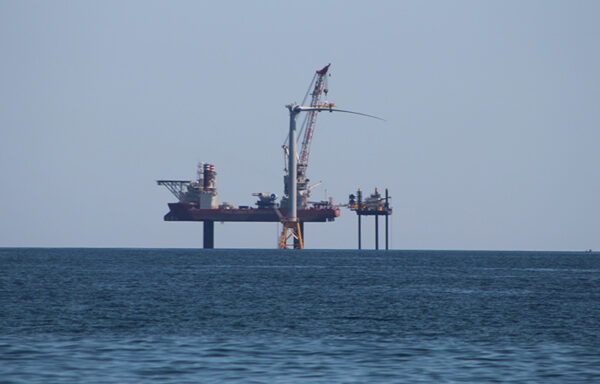
With at least nine new offshore wind farms geared to start spinning in New England by 2028, now is the moment to consider what thoughtful and inclusive offshore wind infrastructure looks like.

But if history is any guide, we shouldn’t hold our breath for ISO-New England to take climate change seriously.
Why is our ocean overheating? The main is that it is working overtime to protect us. An overheating ocean spells bad news for marine life and humans. But we can help. Here’s ho
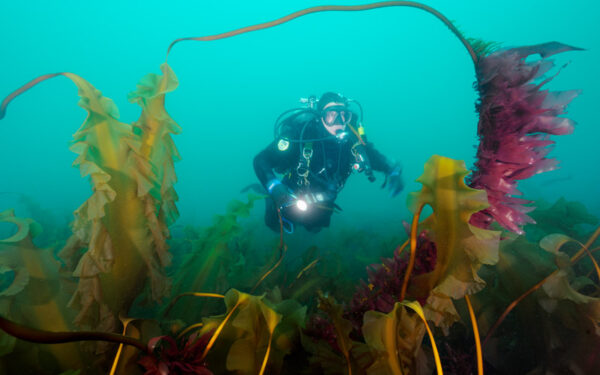
“This decision epitomizes short-term thinking that will only cause problems in the long run,” said Erica Fuller, Senior Attorney at CLF. “It’s simply backwards to choose areas for offshore wind development before doing a full environmental analysis, which would ultimately save time and money if done now. It is critical to advance offshore wind to respond to the climate crisis and clean up our electric grid, but it must be done in a science-based, inclusive and transparent way.”
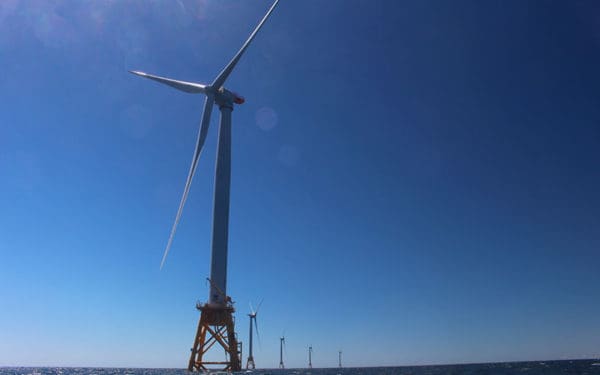
Oh, this is certainly a big deal. It gives a major boost to offshore wind, both in terms of some technical ways, like removing the price cap, but also changing the process of selection, so the major utilities aren’t deeply, essentially, controlling the process. There was kind of a fox in the henhouse design of the earlier law.
CLF’s forceful advocacy paid off in this year’s Rhode Island legislative session with laws passed to help our climate, stop plastic pollution, and safeguard our drinking water from toxic chemicals.
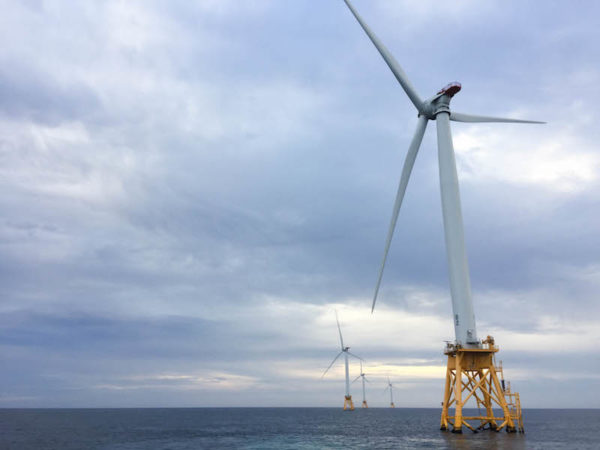
“Offshore wind is a crucial element of our nation’s strategy to address the climate crisis, but it must be done in a way that protects vital ocean wildlife and habitat,” said Dr. Priscilla Brooks, Director of Ocean Conservation at CLF. “With fewer than 350 critically endangered right whales remaining on earth, every loss is a tragedy. The vessel speed restrictions and adaptive management measures agreed to by South Fork Wind will go a long way toward protecting these whales from being injured or killed by project vessels.”
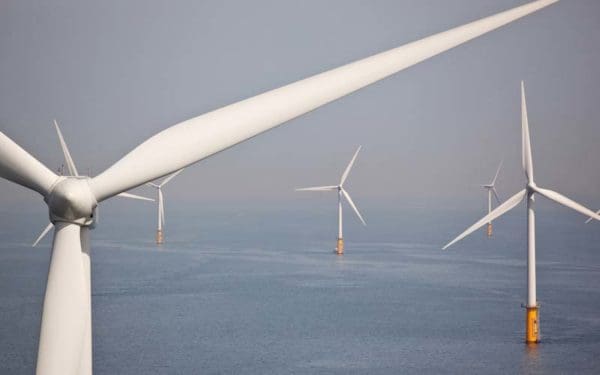
“It’s simply flawed to choose areas for offshore wind development before doing a full environmental analysis,” said CLF attorney Nick Krakoff. “It is critical to advance the development of offshore wind to respond to the climate crisis and clean up our electric grid, but it must be done responsibly. BOEM must improve its processes and consider the full environmental and socioeconomic impacts of wind development before areas in the Gulf of Maine are chosen.”
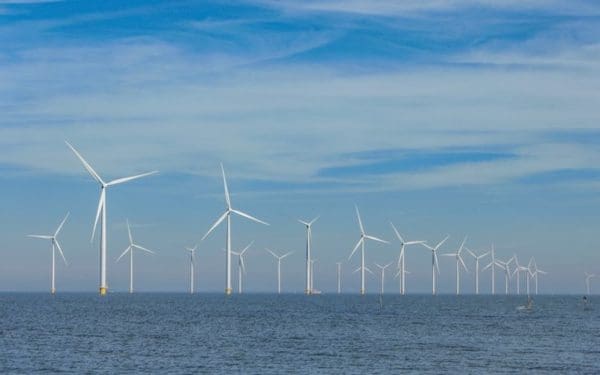
We need clean energy without having to risk our health and climate. Responsible offshore wind offers a viable solution, but it has to be done right – including to protect marine species. That’s why CLF and our partners worked to develop best practices for developers to utilize and get offshore wind right for North Atlantic right whales.
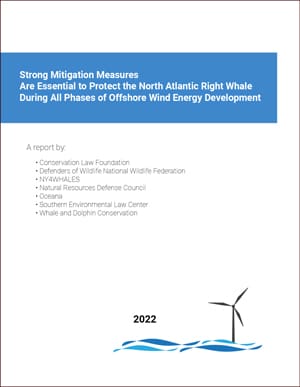
“There’s a real risk that, because of the market power of these companies, they may actually crowd out competitors and ultimately make renewable energy more expensive for consumers,” says Brad Campbell, president of the Conservation Law Foundation.